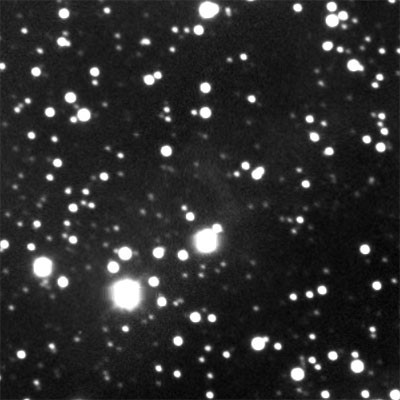Earth All Set to Witness Spectacular Outburst from Eta Carinae, 170 Years After
Astronomers from the Space Telescope Science Institute are watching a delayed broadcast of a spectacular outburst from the unstable behemoth double-star system, Eta Carinae, which had occurred nearly 170 years ago.
Astronomers have found that some of the light from the Eta Carinae eruption has taken an indirect path to the earth and it is just arriving now. The wayward light was heading in a different direction, away from our planet, when it bounced off dust clouds lingering far from the turbulent stars and was rerouted to the earth; this effect is called a "light echo".
Eta Carinae is one of the largest and brightest star systems in our Milky Way galaxy, it is 7,500 light-years away from the earth. It is a member of a stellar class called Luminous Blue Variables which are extremely large, bright stars that are prone to periodic outbursts. The temperature of the outflow from Eta Carinae's central region is about 8,500 degrees Fahrenheit (5,000 Kelvin), which is much cooler than that of other erupting stars.
Eta Carinae's great eruption which occurred in the mid 1800's was the biggest eruption ever observed. When the eruptions occurred, there was no camera capable of recording this major event. Now astronomers will get an opportunity to analyse the outburst of the star in detail.
"When the eruption was seen on earth 170 years ago, there were no cameras capable of recording the event," said Armin Rest from the Space Telescope Science Institute.
According to him everything astronomers have known to date about Eta Carinae's outburst is from eyewitness accounts. Modern observations with science instruments were made years after the eruption actually happened, he said. It's as if nature has left behind a surveillance tape of the event, which we are now just beginning to watch, he added. "We can trace it year by year to see how the outburst changed," he said.




© Copyright IBTimes 2025. All rights reserved.





















